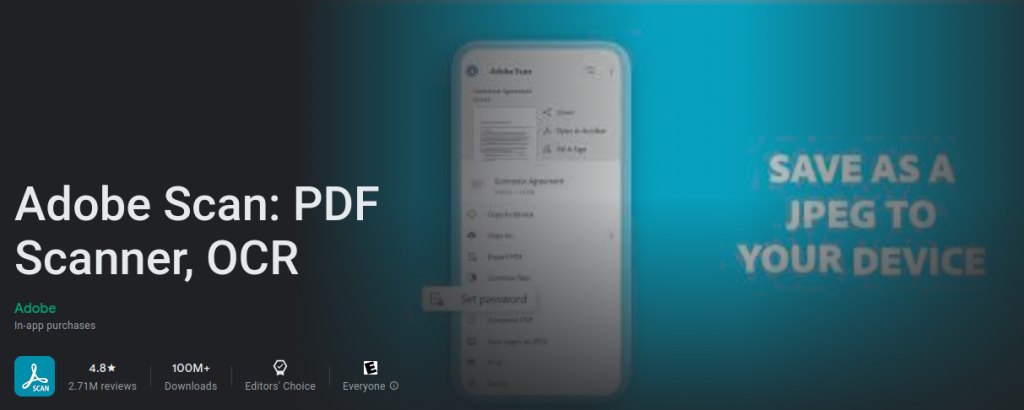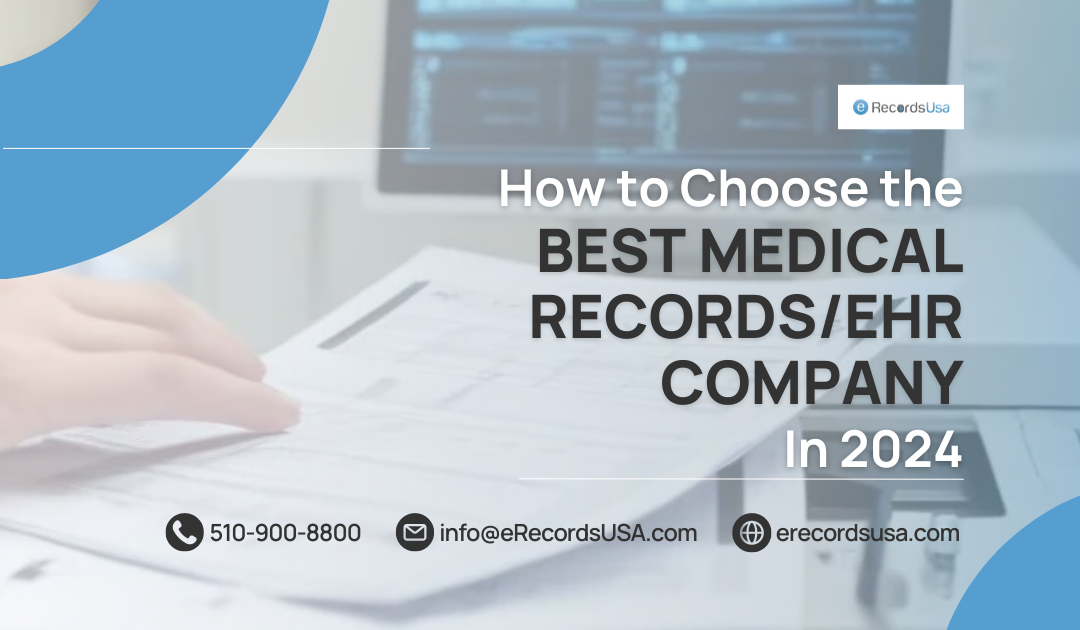
How to Choose the Best Medical Records/EHR Company in 2024
Do you still spend endless hours searching for misplaced medical records? Or, you might be looking for a solution to access your patient information in just a few clicks.
Several medical practices are rapidly transitioning from paper charts to electronic medical records (EMRs). This shift offers a multitude of benefits, including improved access to patient information, enhanced efficiency, and reduced storage costs.
However, the process of digitizing a mountain of medical records can feel daunting. This is where medical records scanning services come in to save the day.
With the right medical records scanning service, you can streamline your operations, improve patient care, and future-proof your practice. In this write-up, let’s explore more about medical records scanning services and their benefits. Let’s get started!
Why Medical Records Scanning is Essential for EHR Companies?
Medical record scanning is essential for EHR companies because efficient operations and exceptional patient care are paramount.
This innovative technology not only streamlines record management but also brings different opportunities for improved productivity, heightened security, and cost-effective operations.
Importance of Medical Records Scanning in Healthcare
Accurate and accessible medical records are the cornerstone of quality patient care. They provide a comprehensive view of an individual’s health history, enabling healthcare professionals to make informed decisions and deliver tailored treatment plans.
On the other hand, managing a deluge of paper files can be a daunting task, fraught with the risks of misplacement, damage, and unauthorized access.
But, medical records scanning services allow healthcare organizations to future-proof their operations and improve patient outcomes and efficiency.
Benefits of Medical Record Scanning to EHR Companies
Medical records scanning is a powerful solution for converting paper files into secure digital files. This digital transformation provides a multitude of benefits for Electronic healthcare Record (EHR) Companies, including:
- Enhance Patient Care: With electronic medical records (EMRs) readily available, EHR Companies can quickly access a patient’s complete medical history, facilitating accurate diagnoses and personalized treatment plans. This seamless access to information reduces the risk of medical errors and enhances overall patient safety.
- Improve Efficiency and Productivity: It eliminates the need for physical file retrieval and management. Medical records scanning services free up valuable time and resources, allowing healthcare professionals to focus on delivering exceptional patient care.
- Robust Data Security and Compliance: Digitizing medical records enables healthcare organizations to implement robust security measures, ensuring the protection of sensitive patient information. Additionally, electronic medical records systems aid in maintaining compliance with regulations such as HIPAA (Health Insurance Portability and Accountability Act), minimizing the risk of costly fines and legal liabilities.
- Cost Optimization: The transition from paper-based records to electronic medical records (EMRs) can significantly reduce operational costs. This cost is actually associated with physical storage, maintenance, and retrieval of medical files. But, this cost-effective approach allows EHR Companies to allocate resources more efficiently, ultimately benefiting both the organization and its patients.
- Environmental Sustainability: Medical records scanning services reduce reliance on paper-based records, contributing to a more environmentally friendly and sustainable healthcare system. This aligns with the growing demand for eco-conscious practices in the healthcare industry.
Factors to Consider When Choosing a Medical Records Scanning Service
Selecting the right medical records scanning provider is crucial to ensure a seamless transition and optimal results.
With numerous options available in the market, it’s essential to consider the following key factors to make an informed decision that aligns with your organization’s needs and priorities.
-
Compliance with Regulations
Understanding the complex web of healthcare regulations can be daunting. However, a reputable medical record scanning service provider has a deep understanding and expertise in this area. So, that’s why look for a partner that not only adheres to HIPAA (Health Insurance Portability and Accountability Act) but also stays up-to-date with evolving regulations and industry best practices.
A compliant scanning service provider should have robust protocols in place to safeguard the confidentiality and integrity of sensitive patient information throughout the scanning process. This may include secure data handling procedures, employee training programs, and regular audits to ensure ongoing compliance.
-
Technological Capabilities
Remember that efficiency and accuracy are paramount. So, while looking for medical service providers, evaluate their technological capabilities to ensure they can handle high volumes of medical records with precision and speed. Inquire about their scanning resolution, which should be high enough to capture even the smallest details and ensure the legibility of digitized documents. Additionally, assess their indexing capabilities, which allow for efficient retrieval and organization of scanned records.
Optical character recognition (OCR) technology is another key feature to consider. This technology converts scanned images into searchable and editable text. This enables lightning-fast searches and seamless integration with your electronic medical records (EMR) system.
-
Experience and Reputation
The medical industry is highly specialized, and working with a scanning service provider who has extensive experience in this domain can make a significant difference. Look for a provider with a proven track record of successful projects within the healthcare sector.
Research the provider’s reputation by reading customer reviews, case studies, and testimonials.
A reputable provider with satisfied clients can offer valuable insights and best practices tailored to your specific needs. As a result, it ensures a smooth transition to digital medical records.
-
Security Measures
Protecting sensitive patient information should be a top priority when choosing a medical records scanning service provider. Inquire about their physical and digital security measures to ensure the utmost protection of your data.
Physical security measures may include secure facilities with access controls, surveillance systems, and strict visitor protocols. On the digital front, look for providers that implement robust encryption protocols, firewalls, and secure data transfer methods. This further safeguards your pharmaceutical & biomedical records during the scanning process and subsequent storage.
Additionally, ask about their disaster recovery plans and data backup strategies. This is essential to ensure the continuity of your operations and the preservation of your valuable medical records in the event of unforeseen circumstances.
-
Customer Service and Support
The digitization of medical records is a complex process, and having a responsive and knowledgeable support team can make a significant difference in the overall experience. So, look for a scanning service provider that offers exceptional customer service and support throughout the entire journey.
During the onboarding process, a dedicated support team can guide you through the necessary steps, answer your questions, and ensure a smooth transition. Once the scanning process is underway, they should be available to address any concerns or provide technical assistance as needed.
Ongoing support is also crucial, as your organization’s needs may evolve. A provider that offers regular training, software updates, and proactive support can help you maximize the benefits of your digital medical records system.
How to Prepare for Medical Records Scanning Services [Steps]
Digitizing your medical records is a complex process that requires careful planning and preparation. Considering the necessary steps to streamline the transition can ensure a smooth and efficient conversion to an electronic medical records system.
Here are the key steps to prepare for medical records scanning services:
- Conduct a Comprehensive Records Assessment : Begin by thoroughly evaluating your existing medical records. Identify the types of documents, their volumes, and any specific requirements or challenges. This assessment will help you communicate your needs effectively to the scanning service provider and develop a tailored plan for the digitization process.
- Organize and Purge Unnecessary Records : Before initiating the scanning process, take the opportunity to organize and purge any unnecessary or outdated medical records. This step will not only save time and resources during the scanning process but also ensure that your digital records are streamlined and easy to navigate.
- Establish Clear Indexing and Naming Conventions : Developing a standardized indexing and naming system is crucial for efficient retrieval and management of your digitized medical records. Collaborate with the scanning service provider to establish clear conventions that align with your organization’s workflow and requirements.
- Ensure Compliance with Regulations : Regulatory compliance is of utmost importance when handling sensitive medical records. Work closely with the scanning service provider to ensure that all processes and protocols adhere to relevant regulations, such as HIPAA (Health Insurance Portability and Accountability Act), and industry best practices.
- Train Staff and Communicate Changes : Effective change management is key to a successful transition. Provide comprehensive training to your staff on the new digital medical records system, including how to access, retrieve, and update information. Clear communication about the upcoming changes will help ensure a smooth adoption process.
- Develop a Backup and Disaster Recovery Plan : Safeguarding your valuable medical records is paramount. Work with the scanning service provider to develop a robust backup and disaster recovery plan. This plan should outline measures to protect your digital records from potential data loss, system failures, or other unforeseen events.
- Test and Validate the Digitized Records : Before fully implementing the digitized medical records system, conduct thorough testing and validation. Ensure that the scanned documents are accurate, legible, and easily accessible. Address any issues or discrepancies identified during this phase to ensure a seamless transition.
Hire eRecordsUSA For Medical Records Scanning
As medical practices strive to provide better patient care and streamline operations, digital transformation has become a necessity. At eRecordsUSA, we understand the challenges and complexities involved in converting paper-based medical records to a secure, efficient electronic system.
As a leading provider of medical records scanning services, eRecordsUSA offers a comprehensive solution tailored to the unique needs of healthcare organizations. Our team of experts specializes in the digitization of medical records, ensuring a seamless and compliant transition that aligns with industry regulations and best practices.
Why Choose eRecordsUSA?
- Unwavering Commitment to Compliance Compliance with regulations such as HIPAA is at the core of our operations. We maintain strict protocols and implement robust security measures to safeguard the confidentiality and integrity of your sensitive medical records throughout the scanning process.
- State-of-the-Art Technological Capabilities Our cutting-edge technology and equipment, combined with advanced optical character recognition (OCR) and indexing capabilities, ensure accurate and efficient conversion of your medical records into searchable, high-quality digital formats.
- Extensive Experience in the Healthcare Industry With years of experience serving healthcare providers, eRecordsUSA has developed a deep understanding of the unique challenges and requirements of the medical industry. Our proven track record and satisfied clients are a testament to our expertise and commitment to excellence.
- Robust Security Measures and Data Protection At eRecordsUSA, we prioritize the security and protection of your valuable medical records. Our comprehensive security measures, including secure facilities, encryption protocols, and disaster recovery plans, ensure the utmost safety of your data throughout the entire scanning process and beyond.
- Exceptional Customer Service and Support Our dedicated support team is available to guide you through every step of the transition, from initial consultation to ongoing support and training. We ensure a seamless and hassle-free experience, allowing you to focus on delivering exceptional patient care.
Take the first step towards a more efficient, secure, and future-ready healthcare practice by partnering with eRecordsUSA. Contact us today and discover how our medical records scanning services can transform your organization.
Schedule a Free Consultation!
Ready to digitized your medical records? Schedule a free consultation with our experts today and experience the eRecordsUSA difference. Let us help you and provide unparalleled patient care through the power of digital record management.


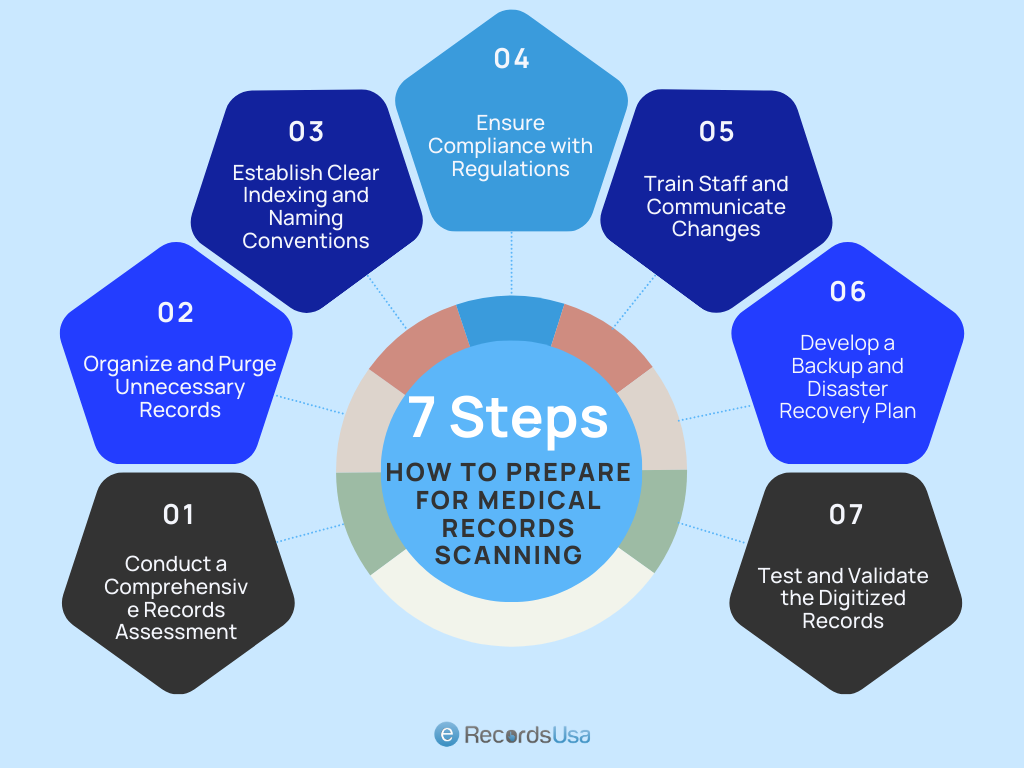

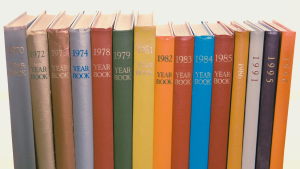


![How to Scan a Large Number of Documents [Bulk Scanning] ?](https://www.erecordsusa.com/wp-content/uploads/2024/04/Bulk-Scanning-How-Do-I-Scan-A-Large-Number-Of-Documents-1080x630.png)
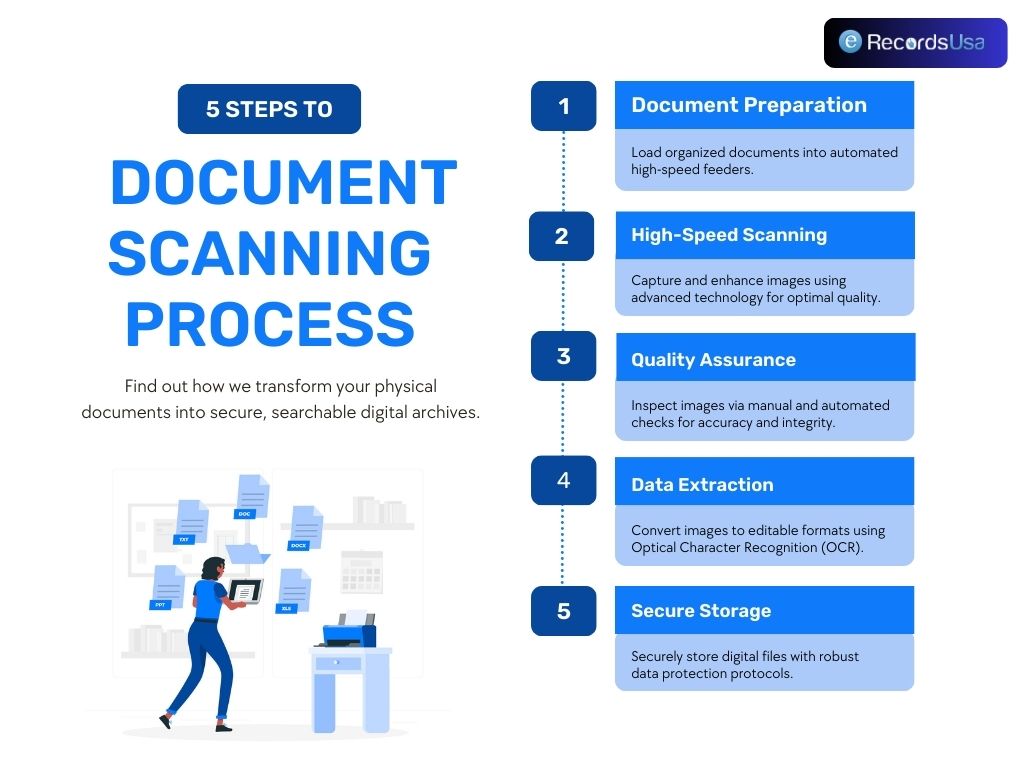
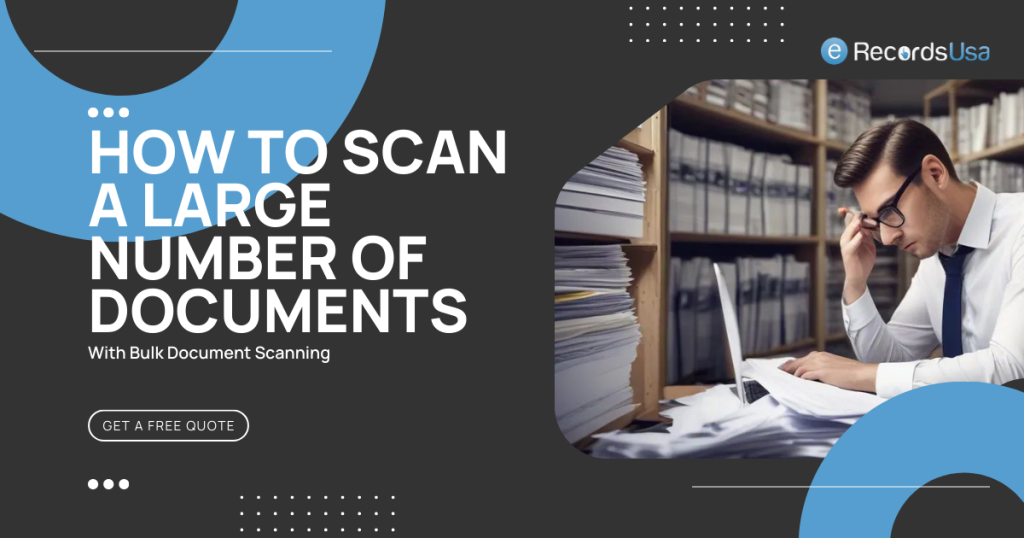
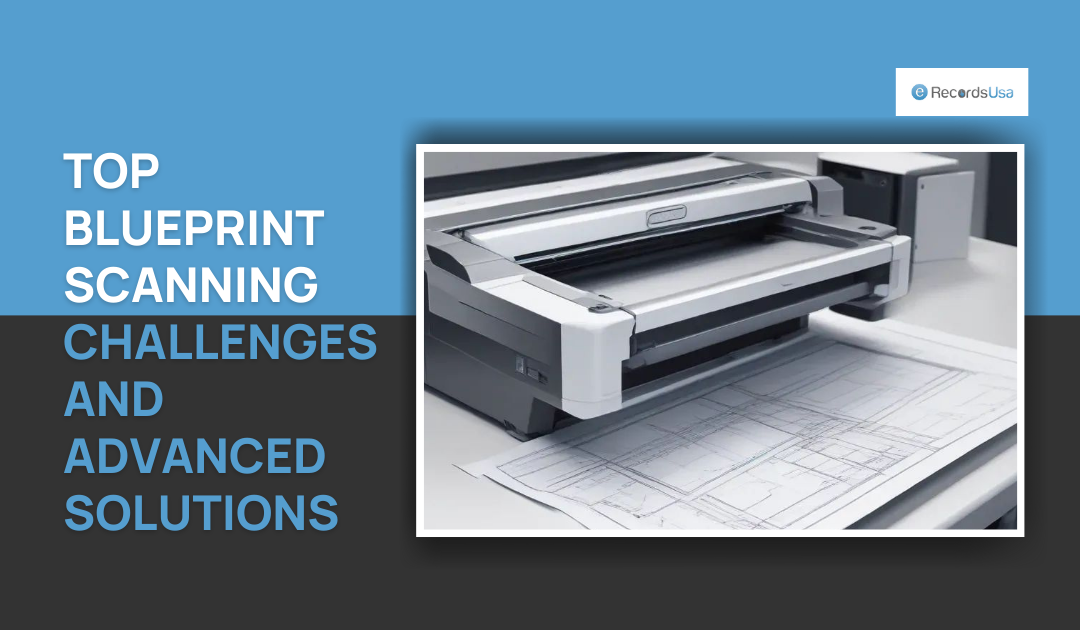
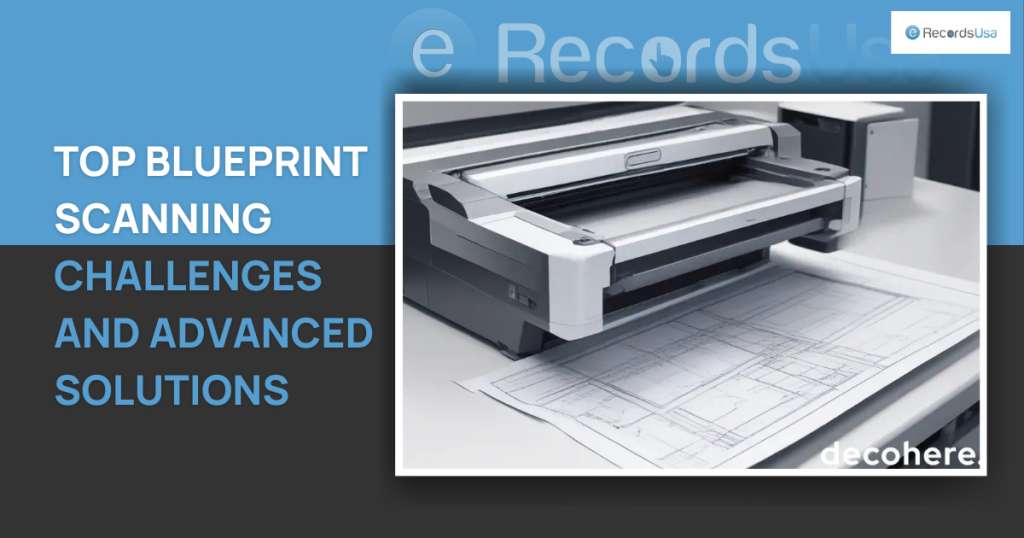
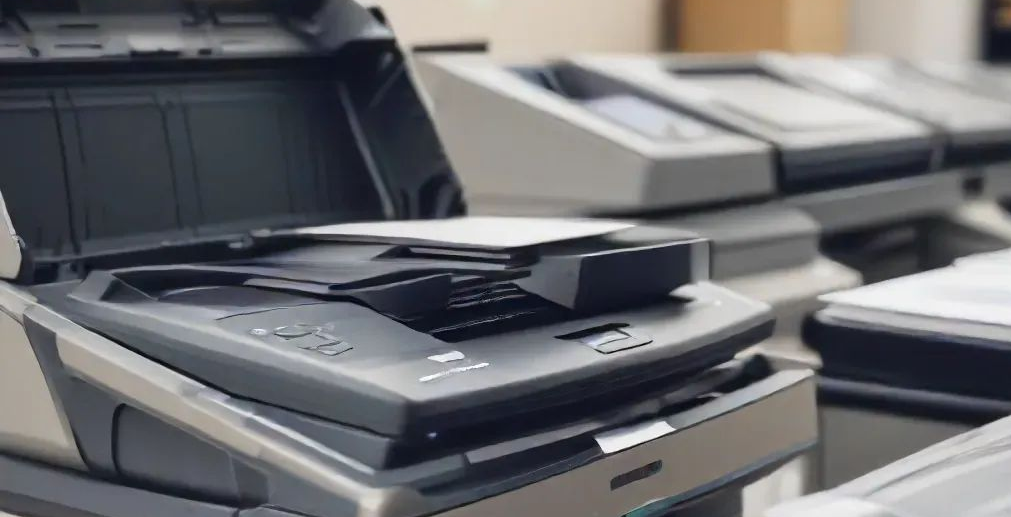
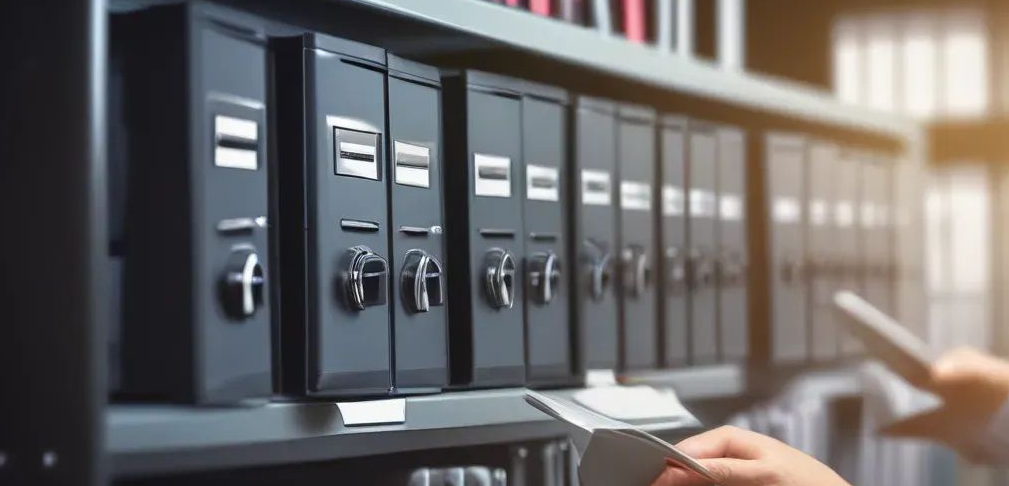
![5 Best Document Scanner Apps for Android in 2024 [Guide]](https://www.erecordsusa.com/wp-content/uploads/2024/04/Best-Document-Scanner-Apps-for-Android-1080x630.png)
